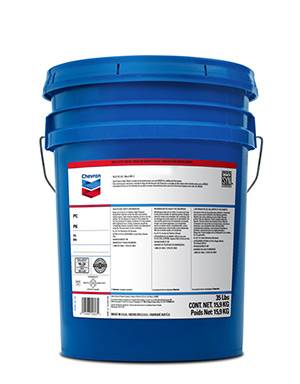డిసెం . 22, 2024 00:28 Back to list
thermoplastic welding rod
Understanding Thermoplastic Welding Rods A Comprehensive Overview
Thermoplastic welding rods are essential materials used in the welding of thermoplastics, which are types of plastics that become pliable or moldable above a specific temperature and solidify upon cooling. This unique property makes thermoplastics an ideal material for a wide range of applications, including automotive parts, piping systems, and even medical devices. In this article, we will explore the significance, types, applications, and methods of using thermoplastic welding rods.
What Are Thermoplastic Welding Rods?
Thermoplastic welding rods, also known as welding filaments or welding sticks, are solid cylindrical pieces of material made from thermoplastic polymers. When heated, these rods can be melted and fused to create strong joints with other thermoplastic parts. The welding process typically involves applying heat to the rod and the surfaces of the materials being joined, allowing the melted rod to flow into the joint and solidify as it cools, forming a strong bond.
Types of Thermoplastic Welding Rods
Thermoplastic welding rods come in various types, each tailored to specific applications and materials. The most common thermoplastic polymers used for these rods include
1. Polyvinyl Chloride (PVC) Known for its durability and chemical resistance, PVC welding rods are often used in plumbing and construction applications. 2. Polyethylene (PE) Widely used for its flexibility and impact resistance, PE welding rods are ideal for joining high-density polyethylene sheets in outdoor applications.
3. Polypropylene (PP) With excellent chemical resistance and a high melting point, PP welding rods are often utilized in industrial applications.
4. Acrylic These rods are suitable for creating clear and aesthetically pleasing joints in projects involving acrylic sheets.
5. Nylon (PA) Known for its strength and wear resistance, nylon welding rods are used in mechanical applications and parts requiring high durability.
Each type of welding rod is formulated to work optimally with its corresponding base material, ensuring reliable and effective welding results.
Applications of Thermoplastic Welding Rods
The applications of thermoplastic welding rods are diverse and span multiple industries. Some notable uses include
thermoplastic welding rod

- Automotive In the automotive sector, thermoplastic welding rods are employed to repair and fabricate components such as dashboards and bumpers. These rods enable seamless repairs that maintain the structural integrity and appearance of vehicles.
- Construction Welding rods are extensively used in joining plastic piping systems, waterproof membranes, and other construction materials. The ability to quickly repair or join components onsite is invaluable in this field.
- Marine In boat building and repair, thermoplastic welding rods are used to fix fiberglass and plastic components, providing water-tight seals essential for marine applications.
- Medical In the medical industry, welding rods assist in assembling devices made from thermoplastics, contributing to the manufacturing of durable and sterile products.
- Art and Craft Artists and hobbyists often employ thermoplastic welding rods to create sculptures and other artistic projects, benefitting from the ease of use and versatility of these materials.
Welding Techniques
The welding of thermoplastic rods can be accomplished using various techniques, including
- Hot Air Welding This method uses a hot air tool to heat both the welding rod and the thermoplastic materials being joined. The melted rod is introduced into the joint, creating a secure bond.
- Extrusion Welding In this process, molten plastic is extruded through a nozzle and onto the surface of the materials being welded. This technique is particularly useful for large and thick sections of thermoplastic.
- Ultrasonic Welding Utilizing high-frequency sound waves, this technique generates heat through molecular friction, effectively welding the thermoplastic without the need for additional adhesives or fillers.
Conclusion
Thermoplastic welding rods are indispensable in the world of manufacturing, repair, and assembly across a multitude of industries. Their versatility, strong bonding capabilities, and ease of use make them a preferred choice for professionals and hobbyists alike. As technology advances, the materials and techniques surrounding thermoplastic welding continue to evolve, opening new possibilities in design and engineering. Whether you are involved in industrial applications or creative projects, understanding thermoplastic welding rods is key to achieving high-quality results.
-
Durable PP Rigid Sheet: Lightweight, Chemical Resistant Solutions
NewsAug.21,2025
-
PVC Grey Sheet for Extraction: Chemical Resistant & Durable
NewsAug.19,2025
-
Durable PVC Pipe Fittings for Plumbing & Irrigation Needs
NewsAug.18,2025
-
HDPE Steel Belt Reinforced Spiral Corrugated Pipe | High Strength
NewsAug.17,2025
-
HDPE Pipe Fittings: Durable, Leak-Proof Solutions
NewsAug.16,2025
-
Premium CPVC Sheet: High-Temp & Chemical Resistant Solutions
NewsAug.15,2025

